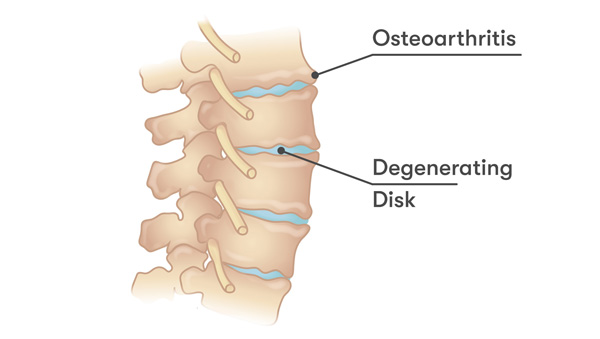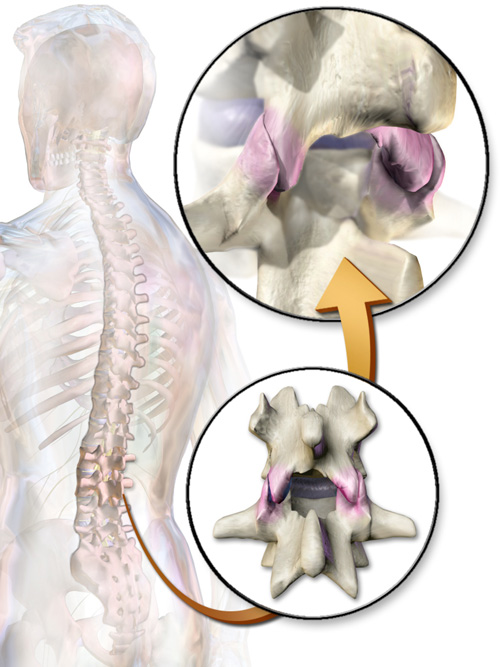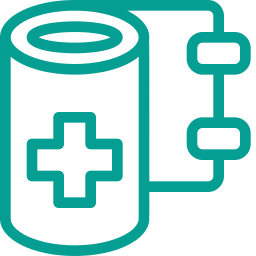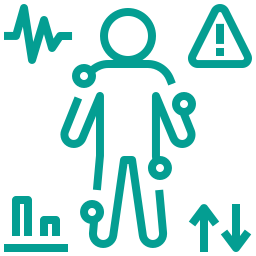Medial Branch Nerve Blocks

What Is a Diagnostic Medial Branch Nerve Block?
What Conditions Can Be Treated with Medial Branch Nerve Block?
Facet Joint Arthritis (Facet Syndrome)
Spondylosis
Spinal Injuries
Chronic Back Pain
Post-Surgical Spine Pain
Post-Laminectomy Syndrome

What to Expect During the Medial Branch Nerve Block Procedure
Preparation: Before the Procedure



As you will be lying face down for the procedure we recommend that you refrain from eating for several hours beforehand.

Wear loose, comfortable clothing and arrange for someone to drive you home after the procedure.

You will review and sign a consent form and receive detailed guidance on what to expect before, during, and after the procedure.
During the procedure

The area for injection will be thoroughly cleaned with antiseptic solution to prepare a sterile field for the procedure. The physician will wear sterile gloves for the duration of the procedure.

Local anesthesia such as Lidocaine will be injected to numb the area (similar to the numbing you would receive at the dentist) to ensure comfort during the procedure.

You will lie on your stomach on a specially designed table, allowing the doctor easy access to your spine.



After the Procedure: Post-Care




